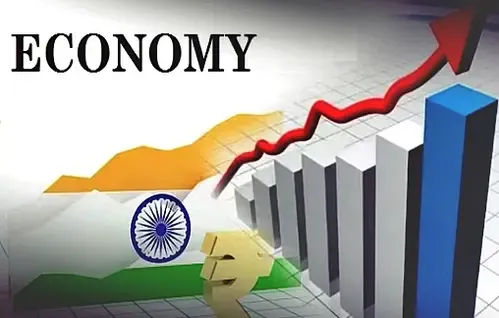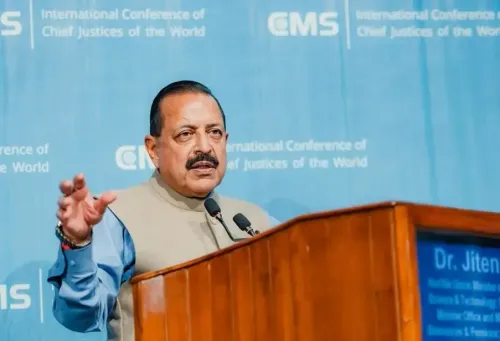Will Nomura's Growth Forecast for India's FY26 Hold at 6.2% Amid GST Changes?

Synopsis
Key Takeaways
- Nomura's GDP growth forecast for India is 6.2% for FY26.
- The proposed GST changes could impact consumer spending patterns.
- Inflation may decrease as a result of GST rationalization.
- The government is aiming for consensus on GST changes by Diwali.
- High-yield items are expected to remain in the upper tax bracket.
New Delhi, Aug 20 (NationPress) - Nomura has upheld its projection for India's economic trajectory in FY26, estimating a GDP growth of 6.2% and consumer price inflation at 2.7%. This forecast comes as the government gears up for a significant overhaul of the Goods and Services Tax (GST) framework — a reform that has long been overdue.
At present, GST is applied through four brackets: 5%, 12%, 18%, and 28%. The government has proposed a revision that would streamline this into two main slabs of 5% and 28%, along with the introduction of a new 40% rate for sin and luxury items.
While removing the 12% and 18% tiers might theoretically reduce GDP growth by 0.19%, states are likely to resist, as this restructuring could lead to revenue shortfalls without proper compensation.
Analysts anticipate that policymakers will safeguard high-revenue goods and services by maintaining them in the elevated tax category.
Nomura emphasized that the true drivers of consumption remain income and employment fundamentals. Tax reforms that result in higher disposable incomes for households could enhance savings, while consumer demand might fluctuate.
The brokerage predicts an initial dip in spending as families await lower tax rates, followed by a surge in demand during the festive season in October–November.
On the inflation side, these adjustments could be notably disinflationary.
Approximately 22% of items in the CPI basket are currently taxed at 12%, while 5% fall under the 28% rate.
However, Nomura warned that prices may not drop immediately, recalling the 2017 scenario where companies elevated mark-ups ahead of GST alterations and passed along only part of the tax cut to consumers, thus expanding profit margins.
The decision-making process will shift to the political domain, with a Group of Ministers (GoM) convening this week to deliberate on the proposal, followed by a GST Council meeting in September.
If a consensus is reached, the new tax structure may be enacted by Diwali.
From a fiscal standpoint, the largest collections of the government's indirect taxes arise from goods and services taxed below 18%, which are unlikely to see significant changes.
With high-yield items remaining in the upper tier and the current compensation cess expected to be replaced by a new levy, Nomura has kept its fiscal deficit prediction unchanged at 4.4% of GDP.









